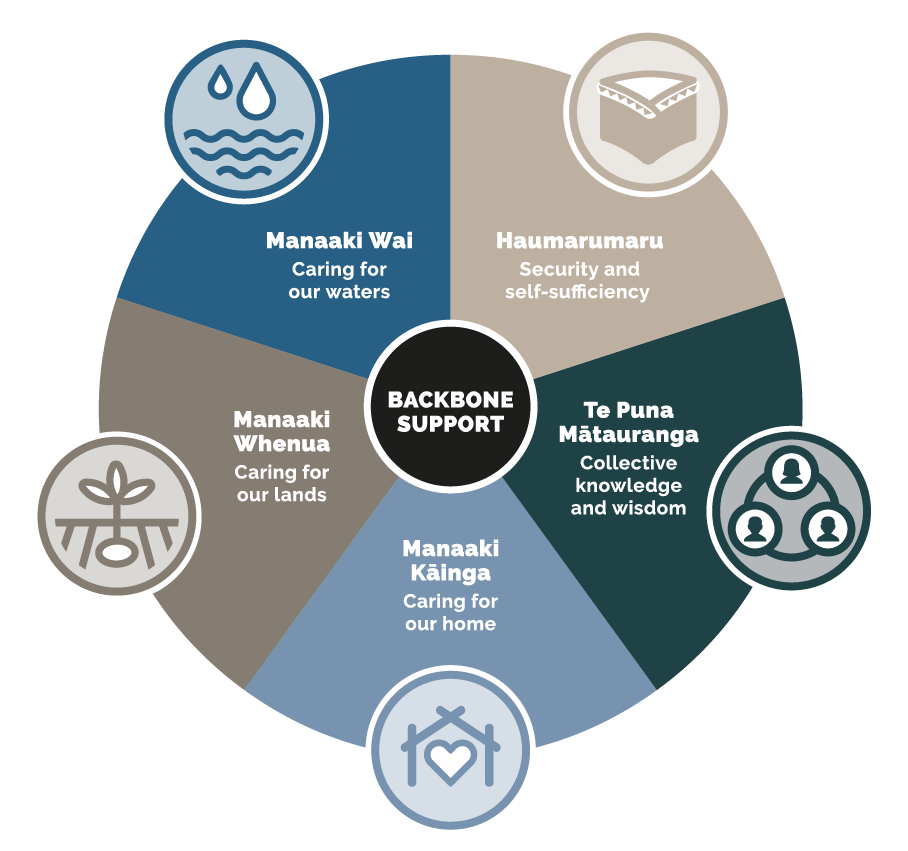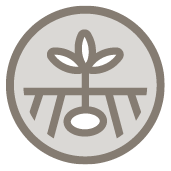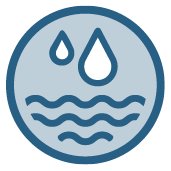Our Vision
Our collective vision describes where we want to be, in terms of the future for ourselves, our children and our children’s children; for iwi, whānau and community:
ME TOKA TŪ TONU TĀTOU
The Maketu community is prepared for, can adapt, and will be resilient to a changing climate.
We will be resilient like Takaparore – strong and steadfast against the elements and tides of change and uncertainty.
Regardless of what happens as a result of a changing environment, we will remain standing.
Our Strategic Priorities
We have five interconnected strategic priorities or areas of focus to achieve our collective vision:

Priority 1: Haumarumaru | Security and self-sufficiency

We are safe, can effectively respond to emergencies; and where possible, be more self-reliant (as a household and a community) in a changing climate
Haumarumaru relates to planning ahead to ensure the safety (including cultural safety) and wellbeing of our people. This includes being prepared for large scale natural emergencies (e.g., flooding, tsunami) and extreme weather events (e.g., storms, droughts), the latter of which is likely to be more frequent with a warming climate.
Costs of living are rising, in particular food, water and energy and a warming climate may exacerbate this. As a community, we need to look at ways to buffer price spikes in food, energy and availability of water to ensure the wellbeing of our people.
This strategic priority area covers topics including:
- Emergency response
- Food, energy and water security
- Waste management
- Circular economy
See all the priority projects that fall under this area here.
Priority 2: Te Puna Mātauranga | Collective knowledge & wisdom

We are connected and working together to build our collective knowledge, resources and skill base relating to climate change
Te Puna Mātauranga relates to ensuring we, as a community, are well informed and have the resources to make good decisions about our future. We want to bring everyone along on this journey through education to raise awareness and understanding as well as build our collective capability and resilience.
The decisions we make now affect the future. We need to be flexible in our decision making by planning for different future scenarios that are rapidly evolving. We continue to utilise the latest climate research and continue to drive local research and monitoring.
This strategic priority area covers topics including:
- Climate change awareness and understanding
- Research and monitoring
- Readily accessible information
- Shared learnings and experiences
- Understanding how and where to be involved
See all the priority projects that fall under this area here.
Priority 3: Manaaki Kāinga | Caring for our home

Our homes, cultural infrastructure and community infrastructure can cope with the impacts of a changing climate
Manaaki Kāinga relates to ensuring our homes and village infrastructure are safe. Our village infrastructure needs to be well planned, especially our low-lying land areas, and development based on Te Ao Māori perspectives.
Parts of Maketu, including Whakaue Marae and low-lying homes are prone to flooding and inundation. Coastal areas, especially Ōkurei Point and Maketu Spit are already at risk
of erosion. We also have a growing risk of extreme heat events that may have lethal consequences for koeke and pēpi. A warming climate will exacerbate these impacts, both with frequency and severity of storms and sea level rise.
This strategic priority area covers topics including:
- Homes on low lying areas
- Cultural infrastructure (marae, urupā, other wāhi tapu).
- Village infrastructure (stormwater, wastewater, water), access to broadband, roads, civil defence points, fire station).
- Climate resilient homes
See all the priority projects that fall under this area here.
Priority 4: Manaaki Whenua | Caring for our lands

We have land uses that adapt to a changing climate, reflect Maketu iwi and community aspirations for the taiao and provide better ecological habitats
Manaaki Whenua relates to our respect and care – kaitiakitanga – for the whenua (land). We need to promote land use that is sustainable, incorporates ecosystem health, that can adapt to a changing climate and is based on Iwi and Te Ao Māori (Māori worldview) values and principles.
We know that climate change will bring more frequent extreme weather events (storms, drought), fewer frost days and rising sea levels. Land use adaptation and diversification provide resilience and greater flexibility in uncertain environmental and economic times.
We also need to bring together and harness the collective power of the community in enhancing biodiversity. All are examples of tau utuutu – a state and action of reciprocity – to restore balance and enhance the health of the taiao (environment).
This strategic priority area covers topics including:
- Sustainable land use and biodiversity enhancement.
- Land use change.
- Tree planting and wetland restoration.
- Sustainable food production.
- Community economic development.
See all the priority projects that fall under this area here.
Priority 5: Manaaki Wai | Caring for our waters

We demonstrate kaitiakitanga for water and we understand the impacts of climate change on freshwater and coastal ecosystems
Manaaki Wai relates to our respect and care for water – kaitiakitanga. Our rivers, streams and estuaries are already experiencing poor health. This affects our ability to swim and gather kai.
Sea level rise, increased water temperature and flood / storm / erosion frequency will exacerbate these impacts. We may also see more freshwater and coastal pest plants and animals as a result of a changing climate.
This strategic priority area covers topics including:
- The health of estuaries (Te Awa Kari Ō Ngā-toro-i-rangi and Waihī)
- Coastal water quality and ecosystems
- Freshwater (rivers and streams) quality and ecosystems
See all the priority projects that fall under this area here.


